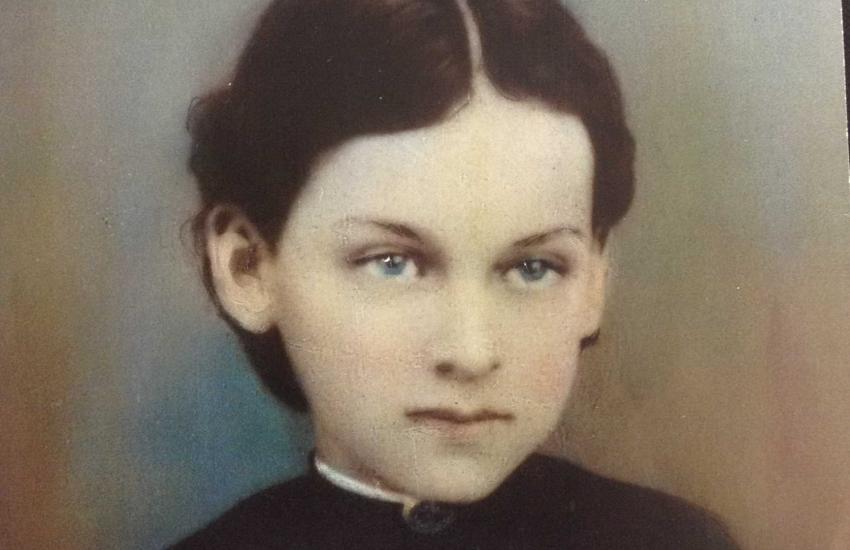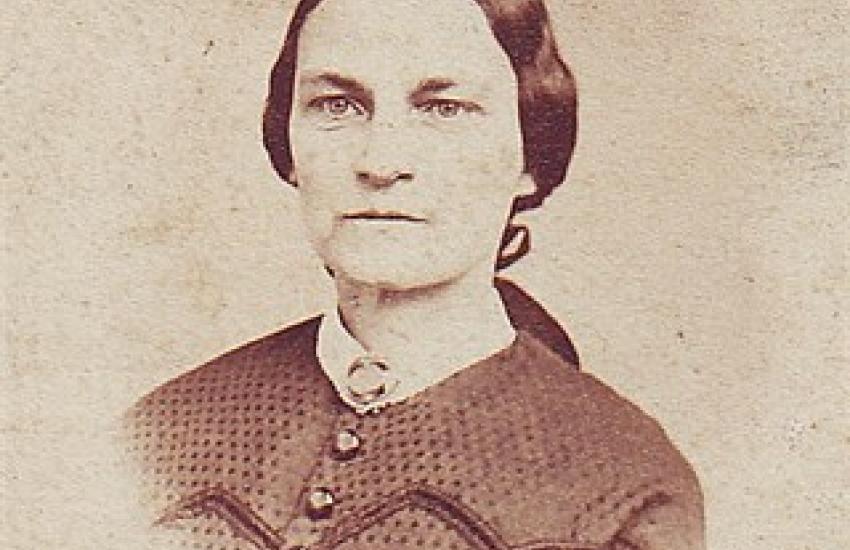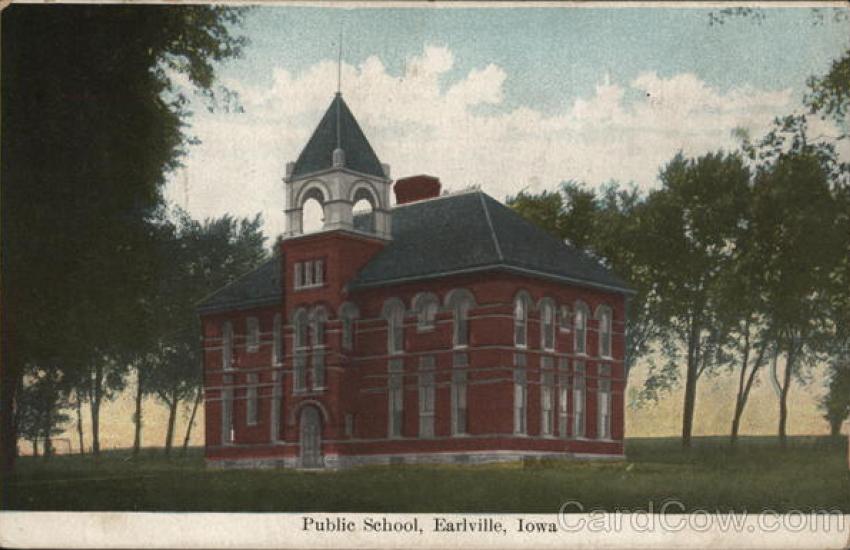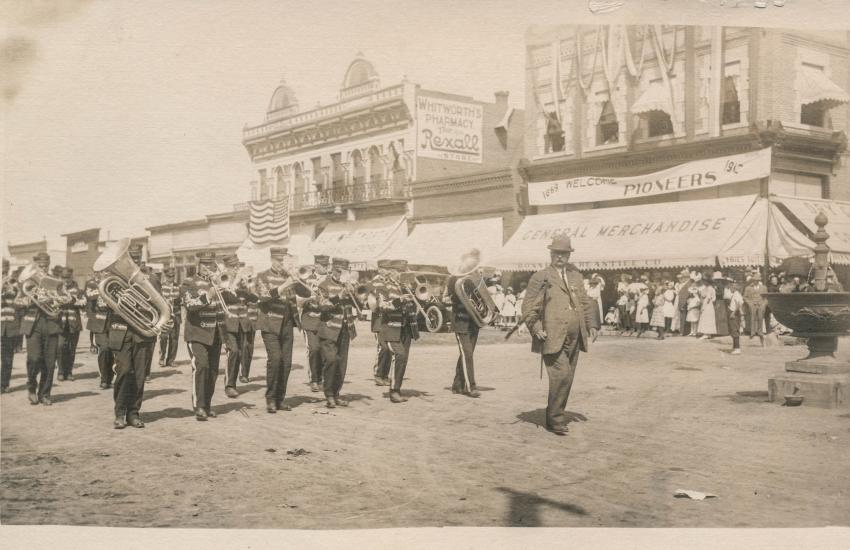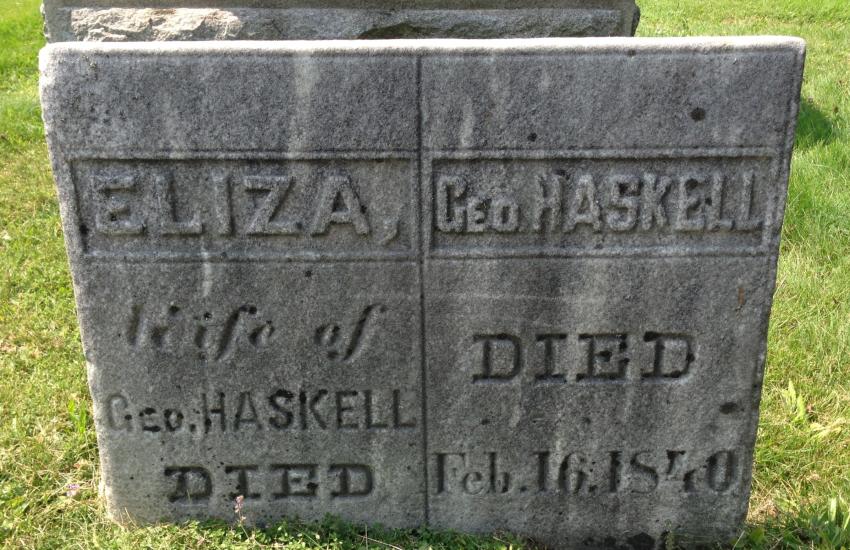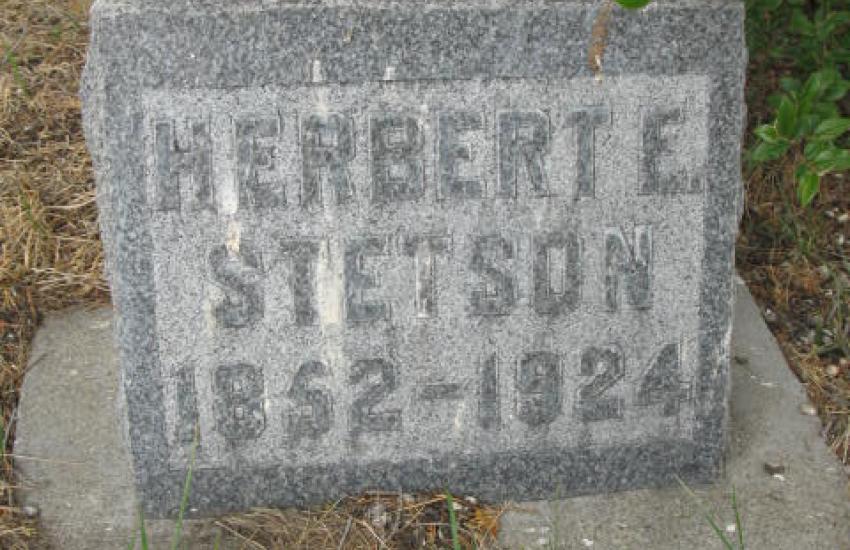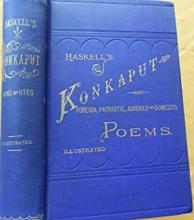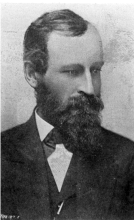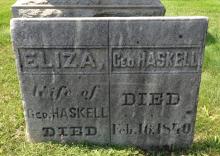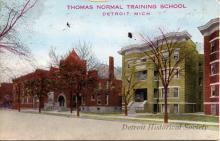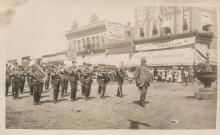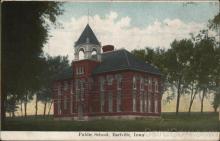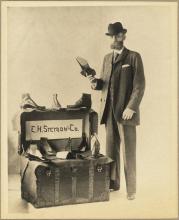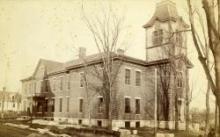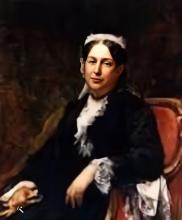The Stetson Family’s manifest destiny

Marriage made in an Iowa schoolhouse
Two educators with Yankee roots married in an Iowa farm town in 1879—one milestone in a multi-generational saga of western migration
Act 1 - Out of Plymouth
Act II - The movable frontier
Act III - 20 years in Earlville
The Stetson Family’s manifest destiny
Act 1–Out of Plymouth
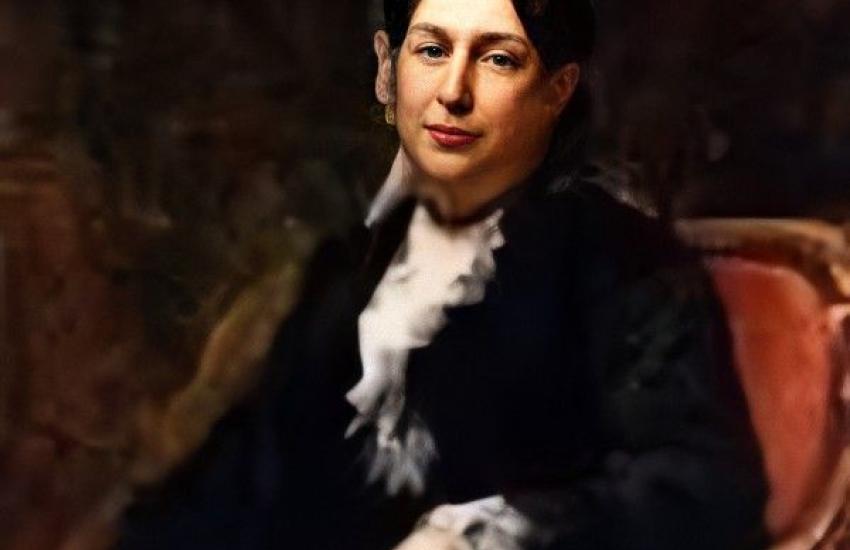
Family roots in Massachusetts –
The Haskell family descended from Elizabeth Tilly and John Howland of the Mayflower
Herbert Stetson and Harriett (Hattie) Smith both had roots in the Massachusetts Plymouth colony. It was the starting place for 150 years of family westward migration.
Herbert was a distant cousin to the famous Western hat maker John B. Stetson, but this story is not about him.
The first stops on their families' western migration were in northern New England—Maine for the Stetsons, Vermont and New Hampshire on Hattie’s Haskell side.
The Stetson Family’s manifest destiny
Act 1–Out of Plymouth
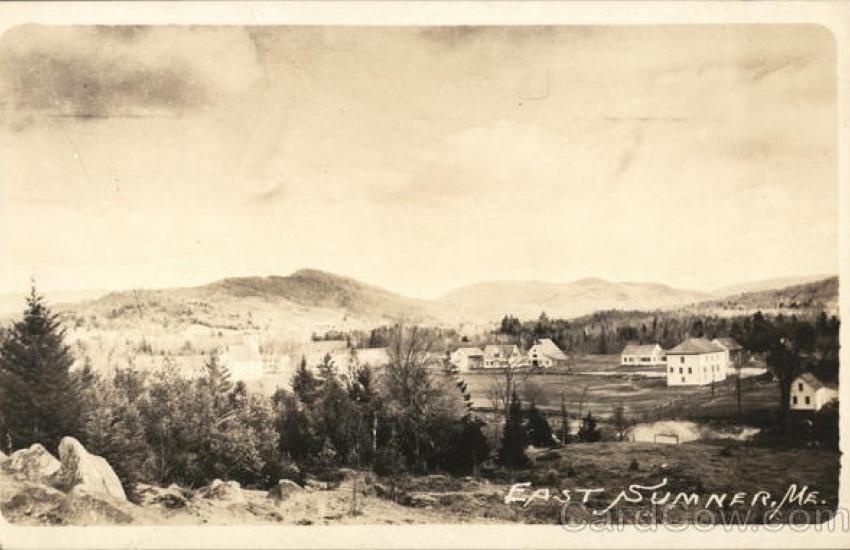
Stetson family's Protestant values –
Hezekiah Stetson moved his family to East Sumner, Maine in the 1780s
Herbert was born and raised in Sumner, Maine, the son of upright Congregationalist deacon Josiah T. Stetson. Josiah was the grandson of Revolutionary War veteran Hezekiah Stetson.
Josiah and Cynthia Cobb produced nine children on the farm in East Sumner. Herbert was the sixth.
The family practiced its Protestant values in support of the civic improvement, favoring emancipation, temperance and, eventually, women's suffrage.
They deeply valued the social benefit of a common education.
The Stetson Family’s manifest destiny
Act 1–Out of Plymouth
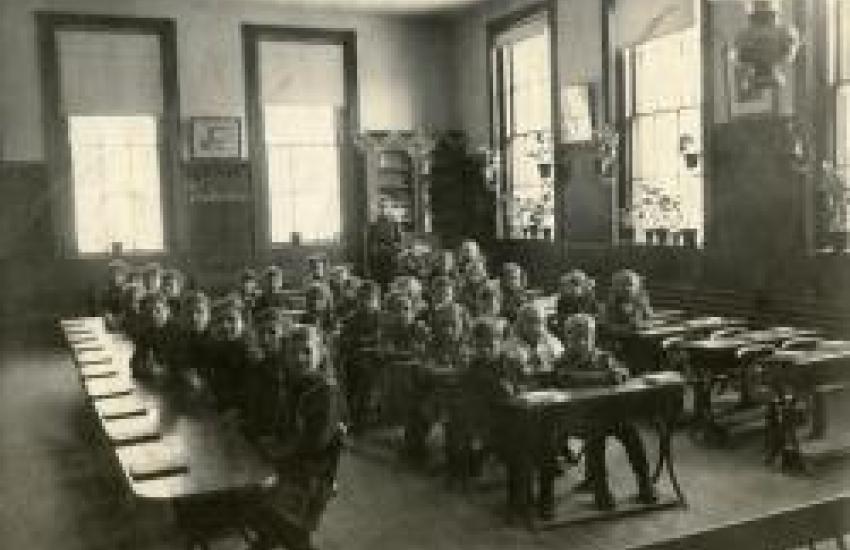
Herbert Stetson goes west –
Model classroom at Farmington Normal
Herbert and one of his brothers studied to become educators at the newly formed Normal school in Farmington, Maine. A third brother pursued his vocation at Bowdoin College.
After graduation, Herbert taught for a few years in Maine schools and then expanded his horizons, seeking career opportunities in the ever-expanding American west.
In 1878, he accepted a position as school principal in Earlville, Iowa, a farm town on the Dubuque & Sioux City Railroad that made it a center for agricultural distribution.
Herbert Stetson was 27 years old and about to embark on his life adventure.
The Stetson Family’s manifest destiny
Act 1–Out of Plymouth

Introducing the Haskells –
Thomas Nelson Haskell was a prominent family member
Hattie Smith’s family had deep New England roots—to New Haven, Connecticut on her father’s side and way back to the Mayflower on her mother’s Haskell side.
Hattie’s grandfather, Captain George Haskell, produced 15 children by three wives between 1796 and 1832.
The second one, born in 1800, was Ruth Putnam Haskell, and we will follow her story.
The Stetson Family’s manifest destiny
Act 1–Out of Plymouth
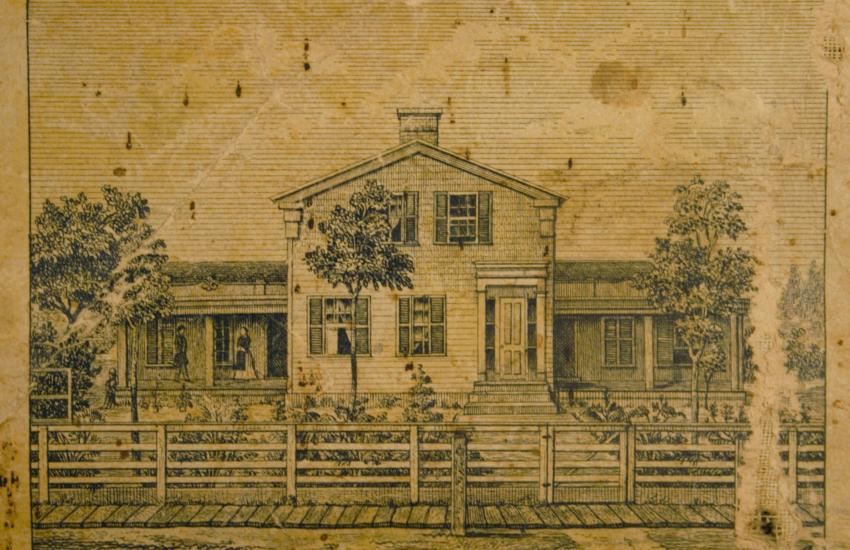
Haskells in Vermont –
Placeholder
Ruth was born near Worcester, Massachusetts in the first year of the nineteenth century, but George Haskell relocated his family to Vermont.
They lived in several rural communities and then settled in Middlebury, Vermont.
George served with the Vermont militia in the War of 1812, earning his nickname, the Captain.
George married his third wife, Eliza Knapp, in 1814.
The middle name of a son born the next year, Charles Daggett Haskell, suggests a family relation to a Daggett family.
The Stetson Family’s manifest destiny
Act II–The movable frontier

Chautauqua County, New York –
Holland Land Co. map
In 1819, Ruth Haskell married Otis Daggett of Londonderry, Vermont.
The couple immediately joined with the Haskell clan in a move into newly opened territory in the Holland Land Purchase of western New York State.
The Haskells homesteaded in Chautauqua County, New York, during the decade of the 1820s, producing eight more children including Martha Haskell, born in 1822.
The Stetson Family’s manifest destiny
Act II–The movable frontier

Transitions –
Captain Haskell and his third wife are buried in North Bloomfield
Sadly, Otis Daggett died in 1832 and the Daggett boys were raised among the Haskell clan.
In 1839, Ruth remarried the wealthy local farmer Amadeus Brooks.
At 18, her eldest son Thomas Daggett was already on his own, settling first in Greene County, Illinois, where he married and started a family
Captain George Haskell died in 1840 and age 67 and his wife Eliza passed two years later.
The Stetson Family’s manifest destiny
Act II–The movable frontier
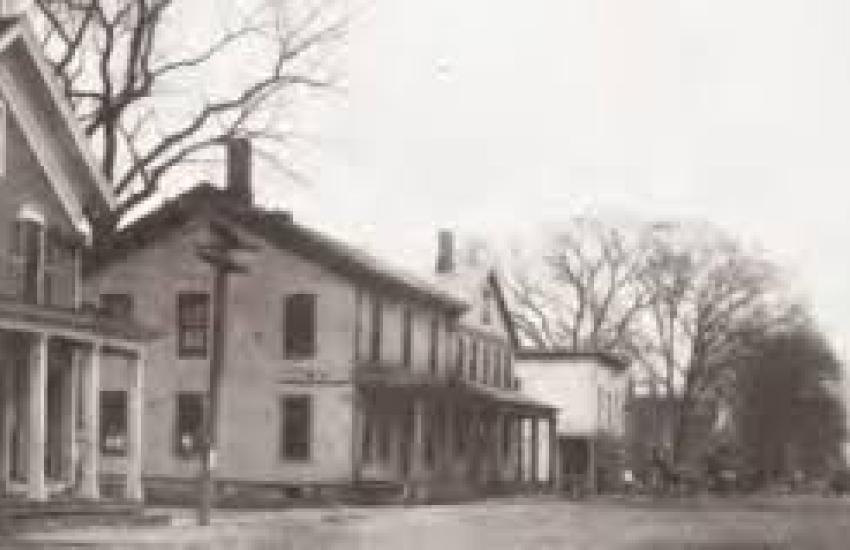
Trumbull County, Ohio –
Hotel and livery in North Bloomfield, Ohio
The young marrieds, Ruth and Otis, remained in Chautauqua for a time, and then resettled 100 miles further west in Trumbull County, Ohio, part of the Western Reserve settlement.
They settled in Bloomfield Township and reared three Daggett sons there.
By 1832, the whole Haskell family had followed the Daggetts to North Bloomfield, Ohio.
The Captain’s brother Thomas Haskell maintained the family presence in Chautauqua after the Captain moved on.
The Stetson Family’s manifest destiny
Act II–The movable frontier

Martha Haskell weds Josiah T. Smith –
Harriett Smith, c. 1870
A few months later, 20-year-old Martha Haskell wed Josiah T. Smith, the son of a Yankee family that had come to Ohio from the town of Cheshire, Connecticut.
They would raise seven Smith children in North Bloomfield.The fifth born in 1854 was Harriet Eliza Smith.
Everyone called her Hattie.
The Stetson Family’s manifest destiny
Act II–The movable frontier

Delaware County, Iowa –
1850 U.S. Census, Dubuque, Iowa, District 7
In the 1840s, Iowa was the new territory that settlers were flocking to.
The two younger Daggett boys, Joseph and Otis Jr., were of age to go out on their own.
The older brother, already in Illinois, scoped things out, and settled on Delaware County west of Dubuque as a site for a Daggett family homestead.
Ruth provided the resources for all three sons to get started in Iowa. Thomas brought his family from Illinois, while Joseph and Otis set up a second home nearby.
We know that Ruth herself visited because she was recorded there for the 1850 census
The Stetson Family’s manifest destiny
Act III–20 years in Earlville
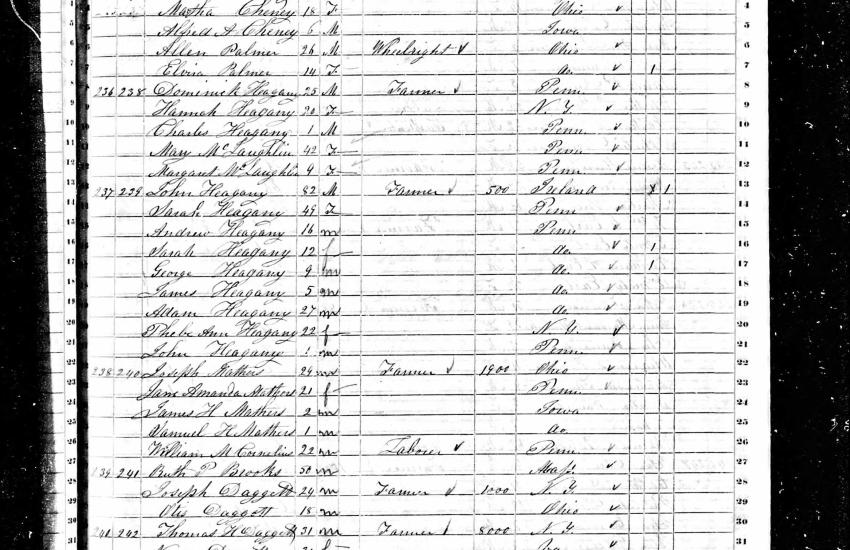
The Daggetts in Earlville –
1850 U.S. census
The Thomas Daggett family returned to Illinois for a time but the two younger sons remained in Earlville.
Joseph was in the livestock trade, and owned shares in the Texas and Iowa Cattle Co.
Otis was educated at Iowa College, then in Davenport and later renamed Grinnell College. He was ordained as a Methodist minister and served a year in an eastern congregation.
His untimely death in Iowa in 1859 cut short a promising career.
Amadeus Brooks died that same year, leaving an inheritance to his widow Ruth.
She then made the permanent move to Earlville to live with Joseph Daggett, who was unmarried.
The Stetson Family’s manifest destiny
Act III–20 years in Earlville

Hattie's story –
Hattie's mother Martha Haskell Smith died in 1872
Back in Ohio, Hattie Smith grew up and excelled in her schooling. She could have gotten to know her aunt Ruth from Iowa when Ruth came to Ohio on visits.
At 18, after the death of her mother, Josiah Smith sent her away for college, and she became the first woman in the family to gain a higher education.
Seeking employment after her graduation, she apparently learned from her aunt in Iowa that a new high school was to open in Earlville.
A farm town in Iowa may not have been Hattie’s dream job destination, but it was a place to get a start in the teaching profession. She could live with her aunt while gaining career experience
The Stetson Family’s manifest destiny
Act III–20 years in Earlville

Herbert meets Hattie –
The History of Delaware County, Iowa (1878), page 523
Hattie probably did not expect to find her life mate in little Earlville, Iowa. But the new principal at Earlville High was Herbert Stetson, the serious young man from Maine.
They taught together for a full school year and in June 1879 Herbert and Hattie wed. She moved out of the Daggett place into quarters at Herbert’s rooming house.
Their first child came in 1883 followed by four others including Isetta M. Stetson, the ancestor of Bennetts and Eilertsens to come in future generations.
Hattie stepped down from teaching to raise her young children, and Herbert also moved on from his career in education, driven by the need to earn more to support the family. He became an accountant, store manager and, for a time, county auditor.
The Stetson Family’s manifest destiny
Act III–20 years in Earlville

The Daggett legacy –
Ruth P. Brooks last will and testament
Joseph Daggett the cattle dealer died in Earlville in 1875 at age 65, leaving no family other than his elderly mother. Ruth stayed on in the Daggett home and both Hattie and Herbert helped her to manage.
Four years later, at age 89, Ruth Putnam Haskell Daggett Brooks, passed away in Earlville.
Herbert was the executor of her estate, and Hattie Stetson was a primary beneficiary, inheriting four home lots in Earlville and a farm section near to town.
Ruth’s grandchildren by Thomas Daggett, already deceased, some now settled in Kansas but one daughter still in Earlville, were the other beneficiaries.
The Stetson Family’s manifest destiny
Act III–20 years in Earlville
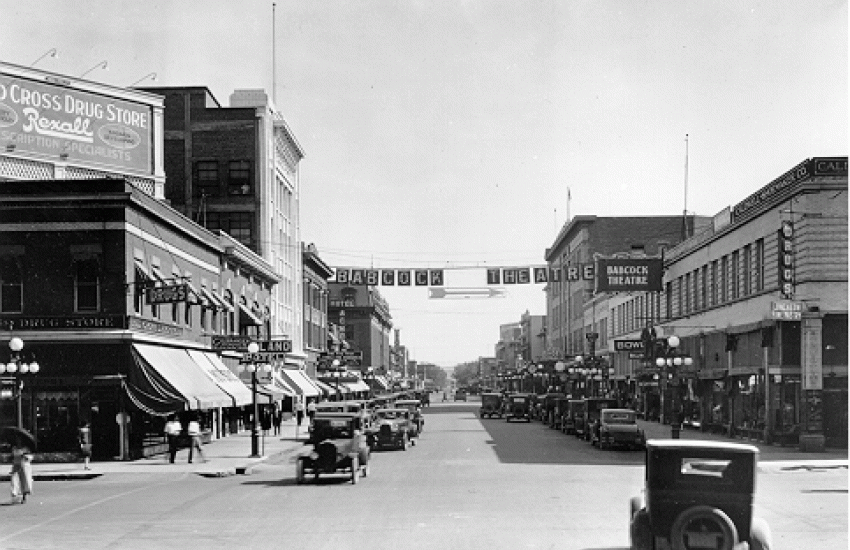
Westward ho! –
Main Street in Deer Lodge, Montana, c. 1910
A new century turned when Herbert and Hattie were in their late 40s. The children were all in school now. Ralph was about to graduate.
They had been in Earlville for more than 20 years. The call of the West beaconed.
Too young to retire, Herbert looked for a suitable opportunity and sometime around 1904 he found what he was looking for—a position as financial manager of the Bonner Mercantile store in a Montana mining town.
And so began a new chapter of the Stetson family in Montana, the next stop on a multi-generational family westward migration across the map of American history.

The end
Other stories about 'westward expansion'
